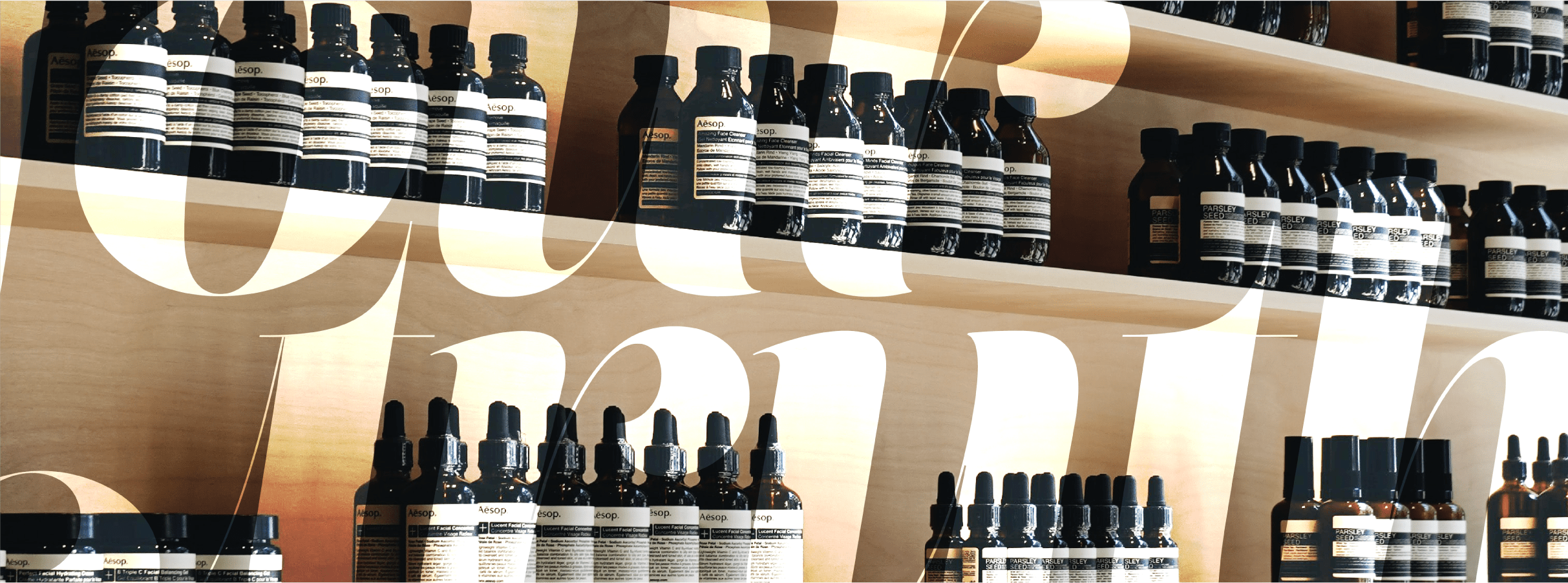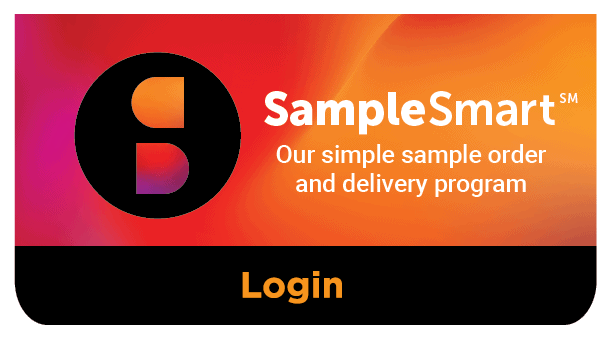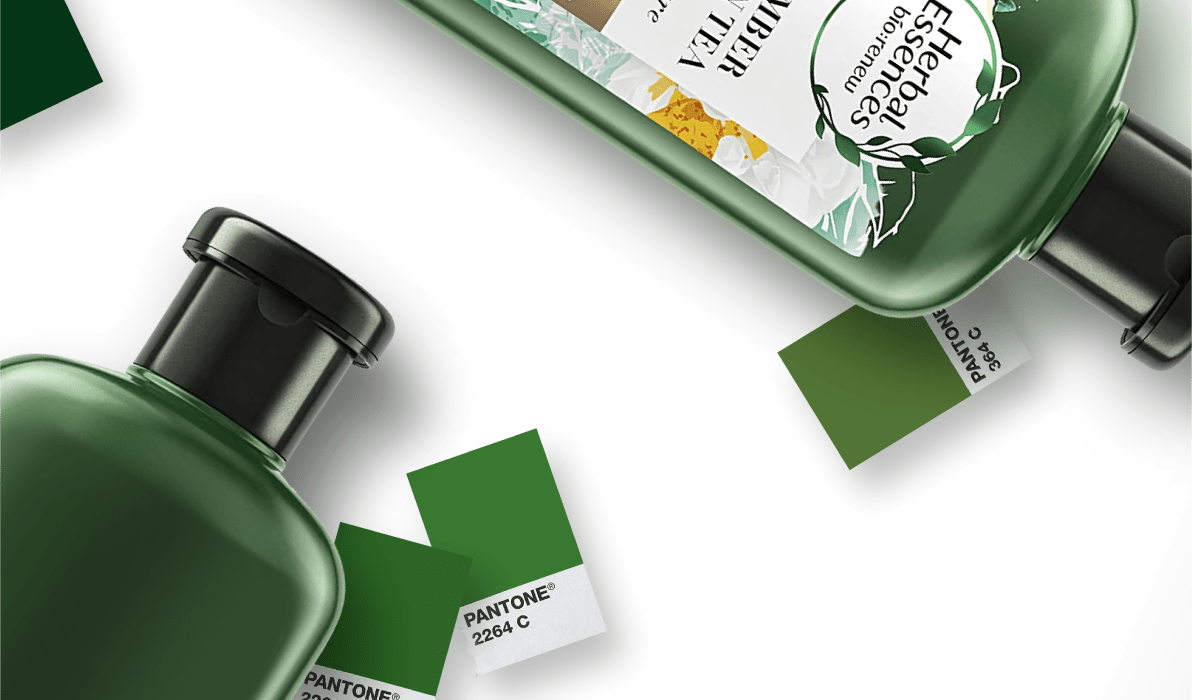
Four Truths of Inclusive Design that May Take You By Surprise
One in four American adults live with a formally diagnosed disability, and that number is far higher when we consider everyday physical limitations such as carpal tunnel syndrome, arthritis, hearing impairments and more. Expand that data to the global market and the numbers skyrocket. Yet for too long, meeting the needs of those with disabilities has been considered an edge-case luxury in the world of product and packaging design. The good news is, that’s changing fast.
The change began for me when I was invited to collaborate in the design process for a braille-enhanced cosmetics package. I admit that my initial reaction was perplexity. Why would consumers with vision impairment be considered an important market for beauty products? Why would a brand prioritize the extra investment in braille? Through that collaboration, I quickly learned how misguided my first reaction was — and became a better brand-builder, design strategist and business person in the process. (Not to mention a more aware and considerate human being.)
In questioning the value of cosmetics for consumers with vision impairment, I displayed a classic unconscious bias that perpetuates exclusion; defining an individual, in this case a potential consumer, wholly by his or her disability. It takes only a shift in thinking to grasp that many of the same motivators that draw seeing consumers to beauty products — the sensory pleasure of touch and scent, the mood boost of self-care, the desire to appear attractive to others — of course exist for those with vision impairment as well. With conscious effort, we can apply this shift in mindset to every category of products and every aspect of design, and indeed we must.
A NOTE ABOUT TIMING
Coordinating comp production is logistically complex, and often falls in the middle of high-pressure product launch timelines. It’s no wonder “the fastest” is often mistaken for “the best.” A top-tier prototyping house, however, will work with you to minimize trade-offs, delivering both sophisticated partnership and the speed-to-market your business demands.
We can all agree on the social value of inclusive design. But is it realistic? My answer is a resounding “yes.” For those who question the feasibility of inclusive design at scale, I offer the following truths:
1. AN INCLUSIVE APPROACH DOESN’T SERVE A SUBSET; IT SERVES EVERYONE, BETTER.
Every design project begins with a target user in mind, and a deep understanding of this user’s needs and wants lies at the heart of creative inspiration. This principle remains unchanged in inclusive design. An inclusive approach does not cater to those with disabilities in specific, but rather broadens the target definition to include the widest possible spectrum of physical abilities. The commonalities among possible consumers, as I learned in my experience with cosmetics, remain the same; the differences only serve to prompt bigger, bolder, better ideas.
Far from being “harder” or “extra,” an inclusive approach is in fact a great gift to innovation, giving brands and designers a powerful incentive to think in new ways — to the ultimate benefit of all.
2. INCLUSIVE DESIGN ISN’T RIGHTEOUS, IT’S GOOD FOR GROWTH.
The classic How Brands Grow model reminds us of the untapped potential that can be unlocked by servicing the “long tail” of infrequent buyers, rather than focusing only on the bullseye of core brand loyalists. Infrequent buyers typically far outnumber loyalists, and encouraging this broad base to purchase even just one more time can translate to meaningful growth. Inclusive design is a powerful way to cast a wide net that supports this strategy, with zero downside.
Inclusive design is also a potent driver of lifetime value, especially in an aging population. While one in four gen-pop Americans has a disability, that number increases to 2 in 5 among consumers ages 65 and up.
Finally, prioritizing inclusivity drives affinity and loyalty in today’s cultural moment, when consumers are more focused than ever on supporting brands whose values match their own.
3. INCLUSIVE DESIGN DOESN’T HAVE TO COST MORE.
Differentiation and distinctiveness have always been priorities in packaging and product design. As referenced in point #1 above, design inclusivity requires, above all, a shift in mindset — not necessarily any incremental cost in materials or production techniques.
As an example, beauty brands often invest in innovative packaging shapes and textures as a means of standing out at shelf. The very same materials and production methods might be applied in the service of making a product line more shoppable or more usable for those with vision impairment or physical limitations. And best of all, with inspired design, these two need states can be met with a single, elegant solution.
4. DOING GOOD BUILDS GOOD BUSINESS.
Some say you can either make money or make a difference. I say, great design makes money by making a difference. Design inclusivity is a new (and overdue) movement, but it’s not really such a new way of thinking. Being aware of underserved consumers is marketing 101. In embracing an inclusive approach, we are simply applying this key business principle to the full population in all of its diverse abilities — and opening up opportunities in the process.
But of course, we’re also doing more. We’re creating companies where employees are proud to show up every day, inspiring our industry peers to follow suit, and ultimately contributing to a world where everyone is valued.
With its publicly available Inclusive Design Toolkit, the University of Cambridge is at the forefront of the inclusive design movement. 3D Color applauds their efforts and is joining the effort to raise awareness and drive change. We offer our clients a development and testing process that assesses designs through the lens of inclusivity, with the goal of discovering solutions that serve the broadest possible consumer audience.
If you’d like to learn more about how design inclusivity can enhance your brand and business, reach out to me or clientsuccess@3dcolor.com to start a conversation.




